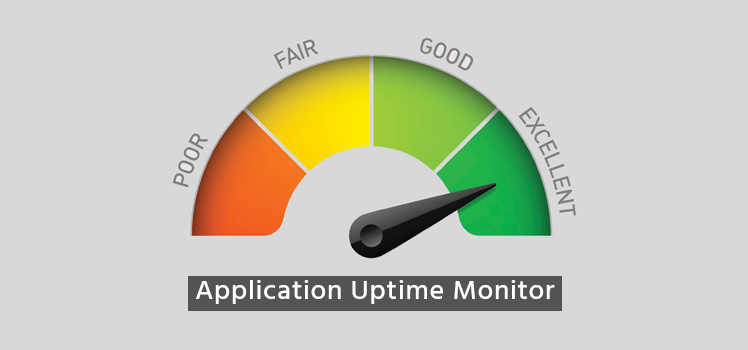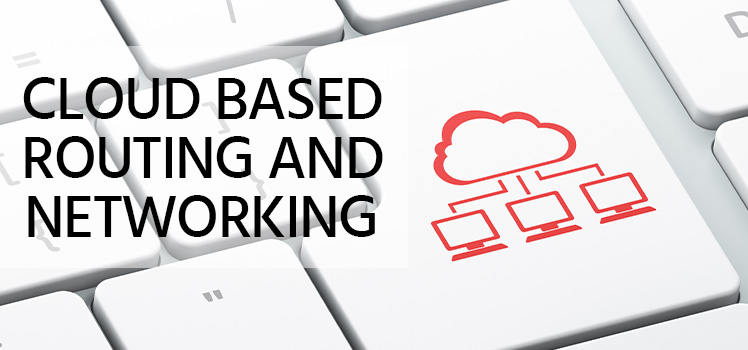Environmental Monitoring Just Keeps Getting Better
A data center has many components, but none are more critical than the environmental monitoring system. The technology infrastructure may be state-of-the-art, but if such things as heat or moisture are left unchecked, then all that expensive equipment could fail and cost unnecessary expenses and downtime. Data center managers must have an all-of-the-above strategy that looks out for environmental balance as much as effective data transmission. Negligence of the data center environment is a ticket to failure.
Areas of Control
You may know something about what’s involved in the monitoring of data centers. Trained technicians keep a close eye on the status of equipment, the flow of network traffic, the availability of applications, and many other aspects of customer-focused services. Evolving technologies provide automated assistance in the detection and resolution of anomalies as they arise. The same approach is required for the various aspects of the data center environment.
Evolving technologies provide automated assistance in the detection and resolution of anomalies as they arise. The same approach is required for the various aspects of the data center environment.
Companies that advertise environmental sensing controls for the data center offer differing lists, but the main areas that require environmental control are:
- Temperature
- Humidity
- Water
- Power failure
- Equipment failure
- Airflow
- Security
“Environmental monitoring is essential to ensure business continuity,” says Michel Daviller, Sales Engineer at OpenGear. The automatic notifications that monitoring provides can give you immediate notification when something goes wrong with the data center environment.
Environmental Effects
“Data centers make up a unique eco-system of their very own,” writes Mike Peterson for the company Belden, a network equipment and services company. He says that the crucial areas for monitoring are 1) in the rack; 2) under the floor; and 3) in the room. Such monitoring is crucial to data center success, according to Peterson.
Just as humans need an environment that is not too hot and not too cold, data center equipment does well only in a controlled environment.
Just as humans need an environment that is not too hot and not too cold, data center equipment does well only in a controlled environment. “Heat is hardware’s worst enemy,” says Carmi Levi in the 2010 article “Manage Aging Equipment” for Processor Magazine, “and over the years, elevated temperatures (especially in small places) can reduce the lifespan of data center equipment.”
Temperature is only one thing to worry about. Electronic components are particularly vulnerable to unregulated humidity. Air that is too dry can result in static electricity, something that can damage sensitive equipment like hard drives. (This is why data center technicians should always use an anti-static wrist strap when handling equipment.) Moisture in the air can condense and cause short circuits in electronic equipment. Water that accumulates on the floor or other surfaces not only draws rodents and other pests, it can be a safety hazard. Security, power, and environmental equipment also require constant monitoring.
Follow the Guidelines
There are several organizations that provide standards for data centers. One of them is the American Society of Heating, Refrigerating and Air-Conditioning Engineers (ASHRAE). According to their site, “The Society and its members focus on building systems, energy efficiency, indoor air quality, refrigeration and sustainability within the industry.” Using the search term “data center” on the site yields a host of articles and documents on the subject, with a special focus on environment.
Energy management is a huge issue in the 21st century. On September 13, 2016, ASHRAE announced the publication of ANSI/ASHRAE Standard 90.4-2016, Energy Standard for Data Centers. Ron Jarnagin, chair of the 90.4 committee, said, “We worked very hard to craft this standard in a manner that does not stifle innovation in the data center industry while simultaneously offering criteria to help ensure energy savings,”
Other ASHRAE documents dictate a wide variety of specifications. Here’s one example:
ASHRAE Standard 62.1-2016 recommends that relative humidity in occupied spaces be controlled to less than 65% to reduce the likelihood of conditions that can lead to microbial growth.
Another example is the whitepaper ASHRAE TC9.9. It provides information about “thermal guidelines” for data centers. It also includes information on “touch temperature limits” for power equipment and the use of uninterruptible power supplies.
We won’t attempt specify the latest specification in this brief blog article. You will need to check the ASHRAE standards yourself to get answers to particular questions.
Development of Environmental Control
In an article from Upsite Technologies called “The Role of Environmental Monitoring in Data Centers”, writer Ian Seaton discusses the history of environmental monitoring. He says that in the early days it was “rather rudimentary, often relying on walk-throughs or alerts sent by over-heated computers”. But like everything else in the world of information technology, this aspect of data center management has come a long way.
In the old days, there were fewer data points and less technology in the environmental monitoring system. Everyone knows that CPUs need cooling fans to maintain a healthy temperature, and that was a central factor back then. Now it’s possible to place sensors throughout the data center that can report back wirelessly to a comprehensive environmental management system on any number of factors. Researchers have learned that temperatures are greater at the rear and top of a rack and lower at bottom and front of rack. They can design hot and cool aisles to regulate air flow between the racks. Embedded systems allow the monitoring of environmental parameters without going through the production network.
Conclusion
As Seaton says, “Relatively granular environmental monitoring is critical to effectively optimizing the entire data center.” Add the capabilities of AI and analytics and other new technologies, and you can see how it’s possible to adequately monitor data centers across the world through a single pane of glass. It is clear that environmental monitoring is important, and the practice continues to improve.
 What is an Application Delivery Network?
What is an Application Delivery Network?  Global Server Load Balancing (GSLB)
Global Server Load Balancing (GSLB)  Measuring Failure
Measuring Failure 


